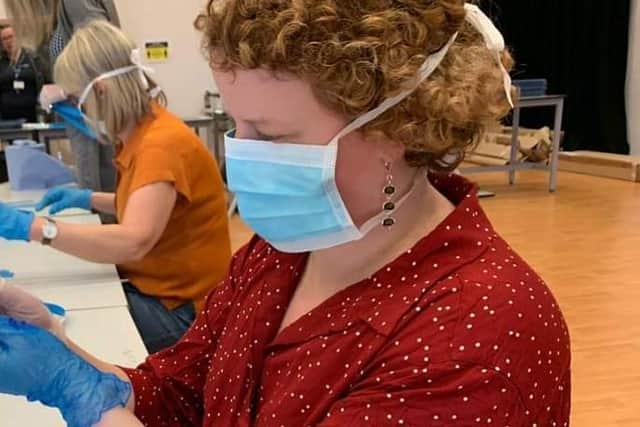INVESTIGATION: Disjointed computer data, inconsistent decisions by GPs and missing phone numbers meant thousands of Sheffield people left off shielding list at height of Covid pandemic
and live on Freeview channel 276
The number of people classed as extremely clinically vulnerable jumped by more than 12,500 in just one month in the city.
Sheffield Clinical Commissioning Group’s shielding list increased by 89 per cent from April 2020 to May 2020.
Advertisement
Hide AdAdvertisement
Hide AdThere was a rise from an initial 14,006 people to 26,535 in that one month. The list now has 39,350 shielders on it, as of March 2021.


The Government was criticised by MPs on Parliament’s Public Accounts Committee, including Sheffield Hallam MP Olivia Blake.
MPs said the Department of Health and NHS Digital took too long to identify all clinically extremely vulnerable people and individuals were not eligible for food boxes and medicine delivery offered through the shielding programme until they were on the list.
NHS Digital used hospital and GP data to identify people but it took over six weeks because the data was on different systems.
Advertisement
Hide AdAdvertisement
Hide AdDoctors then had to use their clinical judgement to add people to the list but the committee says GPs were inconsistent when deciding who should shield.
The committee said: “The list grew largely as a result of GPs adding people however, the extent to which it grew varied hugely in different areas.
“Despite the best intentions of all involved, it is not credible to assert that the same criteria and judgements were applied consistently in all parts of the country.”
The Government still does not know whether 800,000 people slipped through the net and missed out on much needed support.
Advertisement
Hide AdAdvertisement
Hide AdThe committee said: “The Department for Health focused first on sending letters, then an email, then calls from a contact centre but 1.8 million people did not register their needs or respond when contacted by letter.
“Their details were passed to the contact centre for follow-up. However, it was unable to get in touch with around 800,000 vulnerable people.
“It took central government one month to pass the details of these people to local authorities, so they could check if they needed help. Crucially, the Government has no knowledge of whether local authorities then managed to reach any or all of these people.”
Missing or inaccurate telephone numbers in NHS patient records also undermined efforts to contact 375,000 people nationwide.
Advertisement
Hide AdAdvertisement
Hide AdThe committee said: “Over 20 per cent of the 1.8 million telephone numbers passed to the contact centre from NHS records were missing or incorrect so people could not be contacted to check they were well and getting what they needed.
“The Department for Health argues that NHS records are only as good as the information patients provide. Its preference is to contact people by letter first, as addresses are the highest-quality contact records, and it relies on GPs to make sure that the necessary contact is made with clinically extremely vulnerable people.”